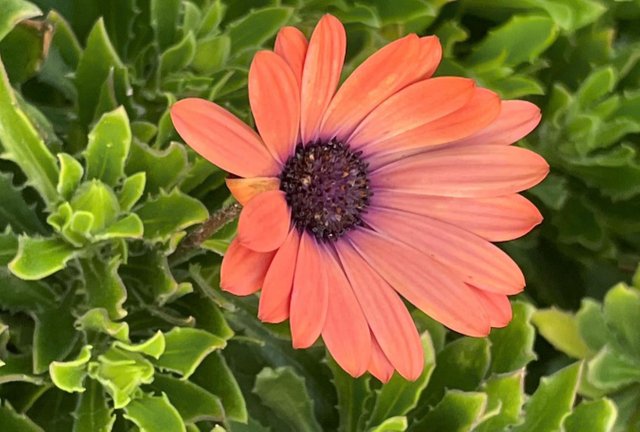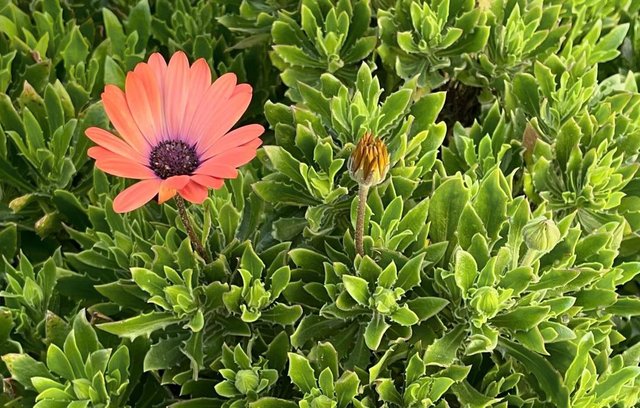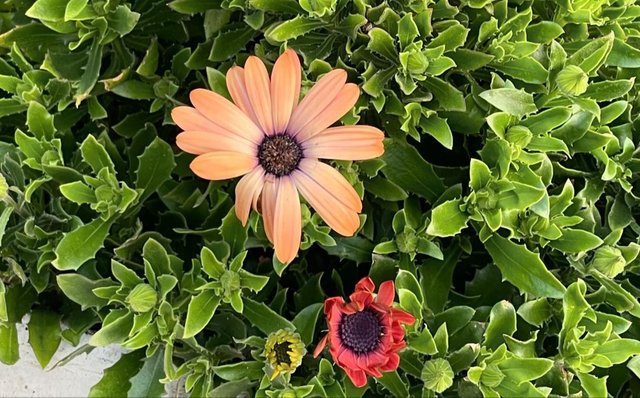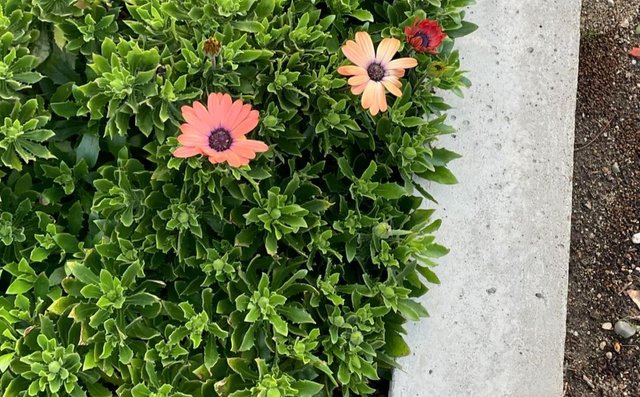The Cape Marguerite flower, scientifically known as Osteospermum, traces its origins to the rugged landscapes of South Africa's Cape region. Its name is derived from the Greek words "osteo" meaning bone and "spermum" meaning seed, a nod to the flower's hardy nature and resilient seeds.With its vibrant hues and intricate petals, this floral gem has captured the hearts of botanists and flower enthusiasts alike.One of the most striking features of the Cape Marguerite flower is its distinctive petals, which range in color from shades of white and pink to vibrant purples, oranges, and yellows. These daisy-like flowers boast a central disk surrounded by ray florets, creating a stunning contrast of hues that dazzle the eye.Cape Marguerite flowers are known for their resilience and adaptability, making them relatively easy to grow in a variety of climates. They prefer well-drained soil and plenty of sunlight, thriving in both garden beds and containers. With proper care and maintenance, these flowers can bloom prolifically from spring through fall, adding a burst of color to any garden or landscape.Beyond their aesthetic appeal, Cape Marguerite flowers also play a crucial role in their native ecosystems. As pollinators are drawn to their nectar-rich blooms, they facilitate the reproduction of other plant species, contributing to biodiversity and ecosystem health.





Author and Photographer |
@anesha | ||
Smartphone |
Redmi Note 10 Pro | ||
Type of Photography |
Smartphonephotography | ||
Category |
Nature | ||
Location |
Bangladesh | ||
Edited |
Original Photo | ||
